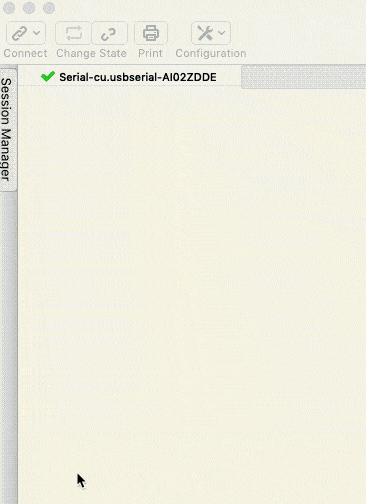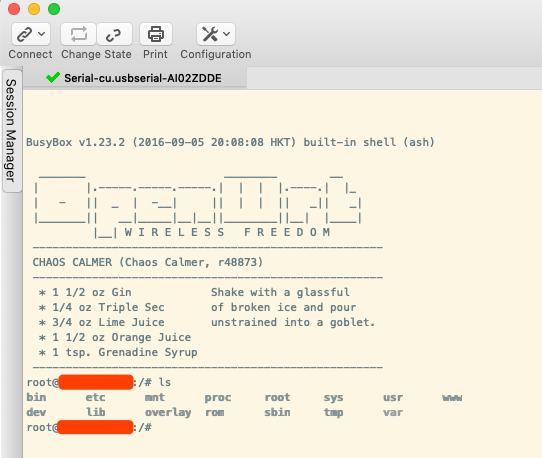A few days ago, my friend from Beijing sent me a GL-MiFi 4G router. It uses custom developed firmware(based on OpenWrt, of course) to implement some functions. So we want to view its code and how it implements some functions.
Scan ports
I used nmap to scan its ports and found that 53, 80 and some custom service ports(I confirmed that they are some http services) were opened.
Web interface
SSH and telnet have not been opened, so I decided to check the web interface.
However, only some basic state and networking setting operation pages here.
Sniffing upgrade host url
At that time, the online upgrade function caught my attention. So I decided to sniffing the upgrade url to get the firmware file.
I connected GL-MiFi to another RT-AC86U router: Internet <-> RT-AC86U <-> GL-MiFi and run tcpdump on RT-AC86U, then use Wireshark, I got the upgrade host ip.
Then I forwarded all the original traffic to my ip on RT-AC86U.
1 | iptables -A PREROUTING -p tcp -m tcp -j DNAT -d ORIGINAL-IP --match multiport --dports 80,443 --to-destination MY-IP nat |
I can see the request urls now. So I wrote a small Flask app to handle all url and response fake data of upgrade request.
1 | version=10.0 |
Now I have the url path of the firmware files and downloaded them.
View firmware
I used binwalk upgrade.bin | head to check firmware file but got nothing.
Then I converted it into HEX string xxd < upgrade.bin | more, after viewing, I think it is an encrypted file.
Usually unencrypted firmware files have some features:
- The first 64 bytes of the file header is
2705 1956, a U-Boot header - An operating system string after the U-Boot image header
- Part of the blank blocks(0xFF) is at the end
You can view the U-Boot image header code on GitHub
1 | typedef struct image_header { |
1 | $ xxd < upgrade_decrypto.bin | more |
At the same time, I found an article about firmware encryption, so I think the decryption function maybe inside firmware.
Now I am in trouble.
Hardware debug
I decided to tear down it and start with the hardware.
Connect to UART port via USB TTL adapter.
| Adapter | Router |
|---|---|
| GND | GND |
| TXD | RXD |
| RXD | TXD |
According the doc set speed 115200.
Run U-Boot mode
- Press and hold the reset button
- Power on the unit (keep holding down the reset button)
- The 3G/4G led will flash
- Press reset button for at least:
- 5 sec. to run web failsafe mode
- 8 sec. to run U-Boot console
- 10 sec. to run U-Boot netconsole
- Release the reset button
- The 3G/4G led will faintly flash twice
- Then you are in U-Boot mode

Now you can read the data in memory.
Busybox
Or we can try to use shell in normal mode.

Decrypt firmware
After viewing at the Lua web files, I found the shell script for the call.
Now I can get decrypt firmware file and duplicate it in a new router of the same model!
 This post is licensed under a
This post is licensed under a 